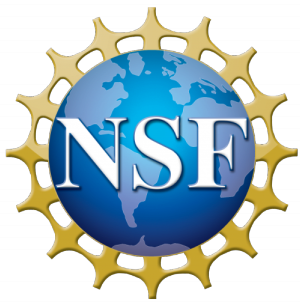March 1st, 2020 | RESEARCH
Architectural and Engineering graphics have traditionally been delivered as part of many middle school or high school TEE curricula. These experiences with drafting, measuring, orthographic/isometric understanding, and modelling help educate students towards a graphical understanding and common language required of those involved with the design, production, or engineering of a variety of artifacts important to our world and society. In the specific context of preparing BLV students to succeed in these courses, modelling techniques of multi-view drawing development for BLV students have been developed as part of a National Science Foundation funded project. These methods were intentionally adapted from older hand-drafting techniques that lend themselves much more easily than CAD to tactile interpretation for BLV students. The impetus behind this effort was to create a platform for initial support to TEE professionals who may have a BLV student in their courses. Specific examples, instructions, and applications for many of the commonly-used tools and techniques are included here as part of this overall effort to teach TEE concepts through socially relevant contexts by adapting older methods to facilitate new opportunities in our school systems for BLV youth.
Document
Team Members
Scott Bartholomew , Author, Utah State UniversityWade Goodridge, Co-Principal Investigator, Utah State University
Natalie Shaheen, Author, Illinois State University
Anne Cunningham, Author, Colorado Center for the Blind
Citation
Identifier Type: issn
Identifier: 2158-0502
Publication: Technology and engineering teacher
Volume: 79
Number: 6
Page(s): 33-37
Funders
Funding Source: NSF
Funding Program: Advancing Informal STEM Learning (AISL)
Award Number: 1712887
Funding Amount: $2,101,009.00
Related URLs
Tags
Access and Inclusion: People with Disabilities
Audience: Adults | Educators | Teachers | Learning Researchers | Museum | ISE Professionals
Discipline: Engineering | General STEM | Technology
Resource Type: Peer-reviewed article
Environment Type: Afterschool Programs | K-12 Programs | Museum and Science Center Exhibits | Summer and Extended Camps

